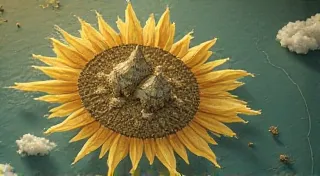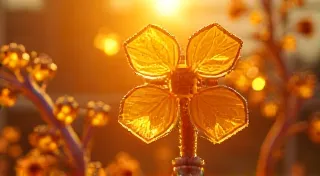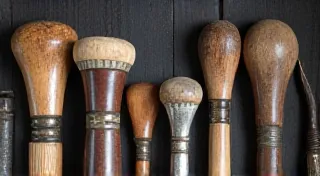Ink as Breath: Expressive Lines and Botanical Soul
There’s a particular melancholy that clings to antique accordions. A scent of aging leather, a whisper of vanished melodies, a sense of countless hands coaxing life from bellows and keys. Holding one, you don't just hold an instrument; you hold a story. Much like the delicate, expressive lines we strive for in pen and ink botanical illustration, an accordion embodies a careful balance of structure and soul. It’s not enough to be mechanically precise; it must *sing*.
My introduction to this sentiment wasn’t through music, oddly enough, but through observing my grandfather meticulously restoring a Hohner accordion. He wasn’t a musician, not really, but he possessed an extraordinary reverence for craftsmanship. The process was slow, painstaking. Each reed meticulously cleaned, each leather gasket replaced, each brass fitting polished until it gleamed. He's taught me a quiet joy in bringing old things back to a semblance of their former glory, and more importantly, how much more there is to appreciating an object than simply understanding its function.
This lesson has profoundly shaped my approach to botanical illustration. We, as aspiring artists, often begin with an almost obsessive focus on technical accuracy. We pore over botanical diagrams, meticulously measure petal ratios, and strive to capture every minute detail of a leaf’s venation. And there's merit in that foundation. Understanding the underlying anatomy is crucial for believable representation. But what happens when that technical precision leaves us with illustrations that, while correct, feel…lifeless?
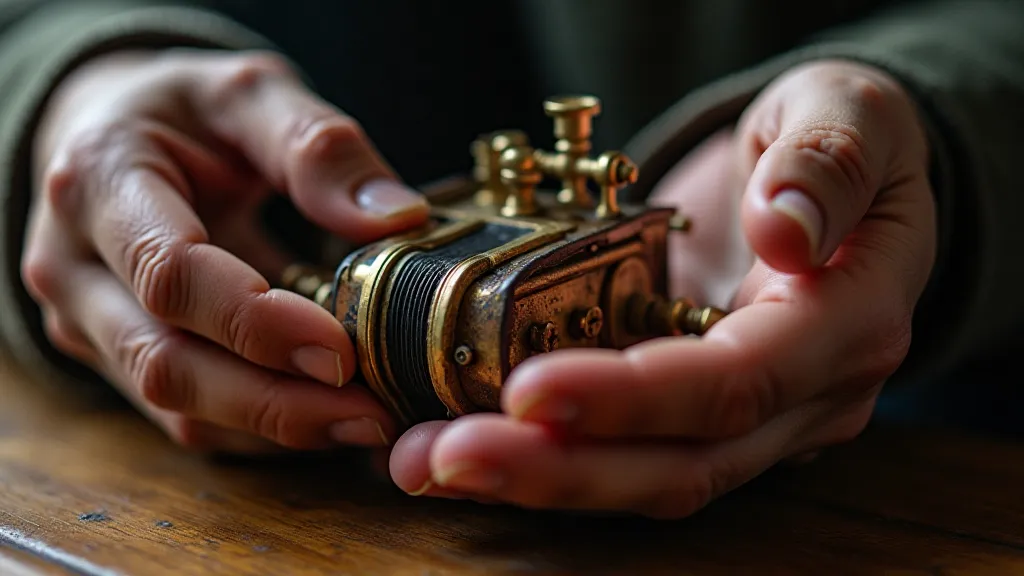
Beyond the Diagram: Finding the Life Force
The shift comes when we move beyond the diagram. It’s when we start to see *beyond* the botanical accuracy and begin to imbue our illustrations with personality. This isn’s about creating caricatures of plants; it’s about capturing their unique essence. A single leaf isn’t just an oval shape with veins. It's a testament to the plant’s journey towards sunlight, its struggle against wind and rain, its silent, persistent dance with life.
Think about the variation in leaf shapes even within the same species. Perfect symmetry rarely exists in nature. A slight curl here, a subtle tear there, a slight discoloration - these imperfections aren't flaws; they're evidence of a life lived. These little idiosyncrasies are often the keys to injecting character into our illustrations. When rendering a cluster of leaves, for example, resist the urge to make them all identical. Vary their angles, their textures, and the density of their veins. A few leaves might be slightly damaged, others might be perfectly pristine.
The Language of Line: Expressing Texture and Light
Pen and ink, as a medium, lends itself beautifully to this expressive approach. It’s a direct and honest medium – there’s no blending, no softening. Every mark you make is permanent, and that’s a strength. The deliberate nature of the medium encourages thoughtful observation and intentional mark-making. The thicker your line, the closer you are; the thinner the line, the more distant. This simple principle can be used to create a sense of depth and volume.
Consider how you use hatching and cross-hatching to create the illusion of form. Don’t just use parallel lines; vary their density and angle to simulate changes in light and shadow. Imagine the way light dances across a velvety petal, or the rough texture of a bark. Experiment with stippling to suggest subtle changes in tone. A single, precisely placed dot can convey more than a dozen blended lines.
Rendering plant textures with pen and ink can be particularly rewarding. The rough bark of an oak tree, the delicate fuzz of a lamb's ear, the smooth surface of a lily pad – each presents a unique challenge and an opportunity for creative expression. Often, mimicking the *process* of texture is more effective than attempting to replicate it exactly. Think about how a dandelion seed head radiates outwards in a chaotic, yet perfectly balanced way. Attempting to draw each individual seed would be tedious and likely result in a stiff, unnatural rendering. Instead, suggest the overall texture with a network of radiating lines.
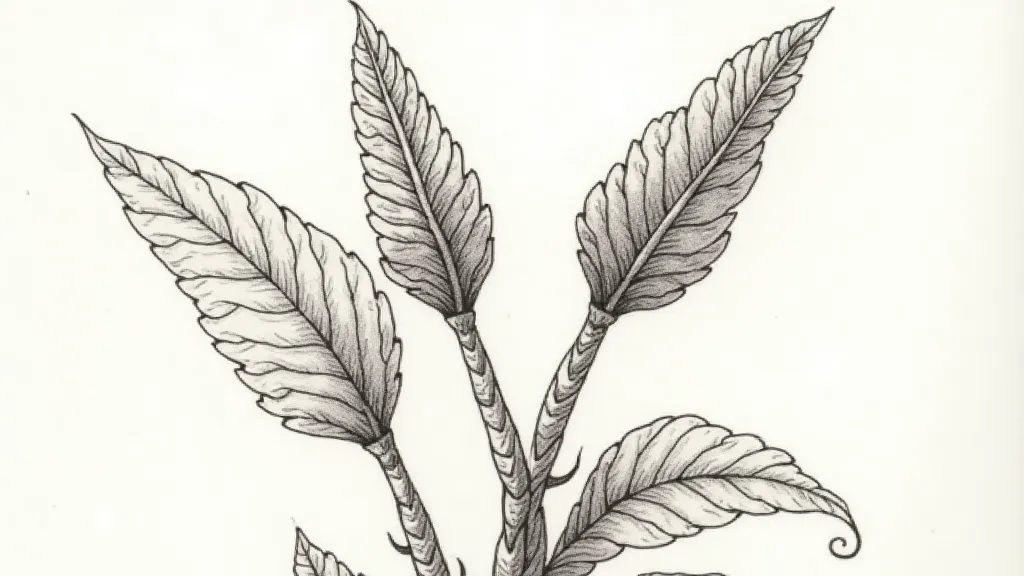
Shading and Light: The Dance of Perception
The placement of your darkest shadows is just as important as the areas of brightest light. Where does the light source originate? How does it interact with the plant’s surface? Observe carefully and let your pencil lead you. Avoid shading in a uniform manner; instead, pay attention to how light creates highlights and shadows on different parts of the plant.
Sometimes, the most effective approach is to leave areas unshaded altogether, allowing the white of the paper to serve as a natural highlight. This creates a sense of lightness and airiness. Don’t be afraid to experiment with different shading techniques to find what works best for you and the specific plant you're illustrating.
Watercolor and Ink: A Harmonious Blend
While pen and ink provide a strong foundation, the addition of watercolor can elevate your botanical illustrations to a new level. The crisp lines of the ink provide structure and definition, while the watercolor adds washes of color and subtle gradations of tone. This combination allows you to capture the vibrant colors of flowers and foliage while retaining the precision of pen and ink.
Consider using the ink to define the outlines and major details of the plant, and then using watercolor to fill in the petals, leaves, and stem. Experiment with different watercolor techniques, such as wet-on-wet and dry brush, to create different effects.
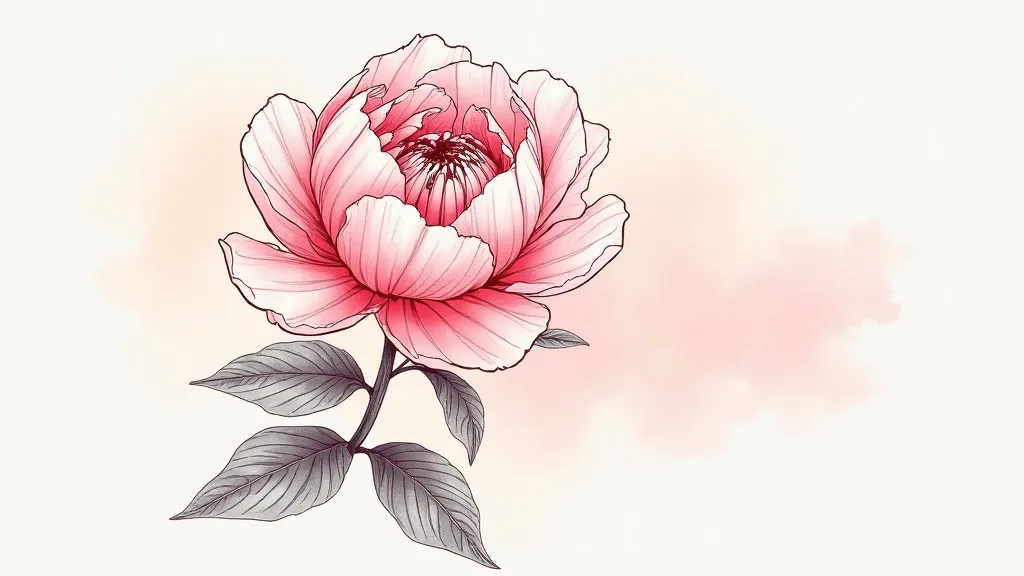
Finding Your Own Voice
Ultimately, the goal is to develop your own unique voice as a botanical illustrator. Don’s be afraid to break the rules and experiment with different techniques. Study the work of other artists, but don’t try to copy them. Find inspiration in the natural world, and let your own creativity guide you.
Just as the finest accordion restorations aren't about perfect duplication, but about revealing the spirit of the instrument, our botanical illustrations shouldn't just be records of accuracy. They should be expressions of our appreciation for the beauty and complexity of the plant kingdom, rendered with a touch of soul and a confident line. Let your illustrations breathe.
